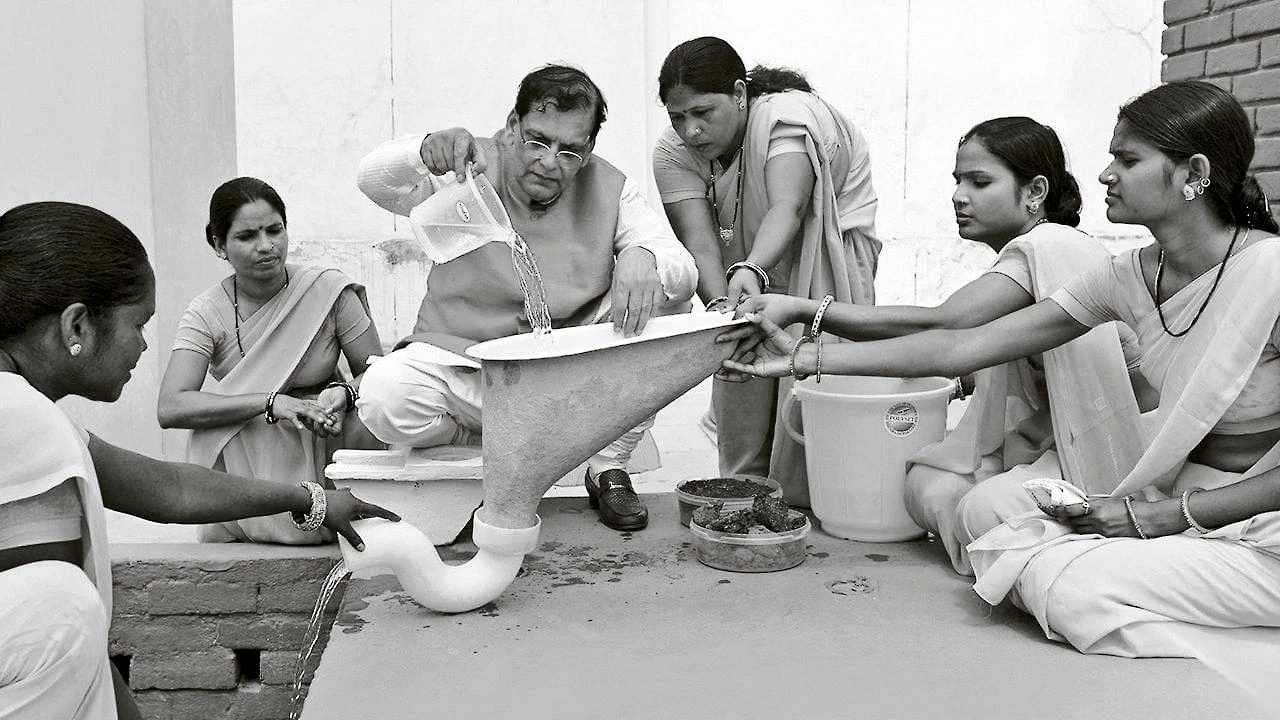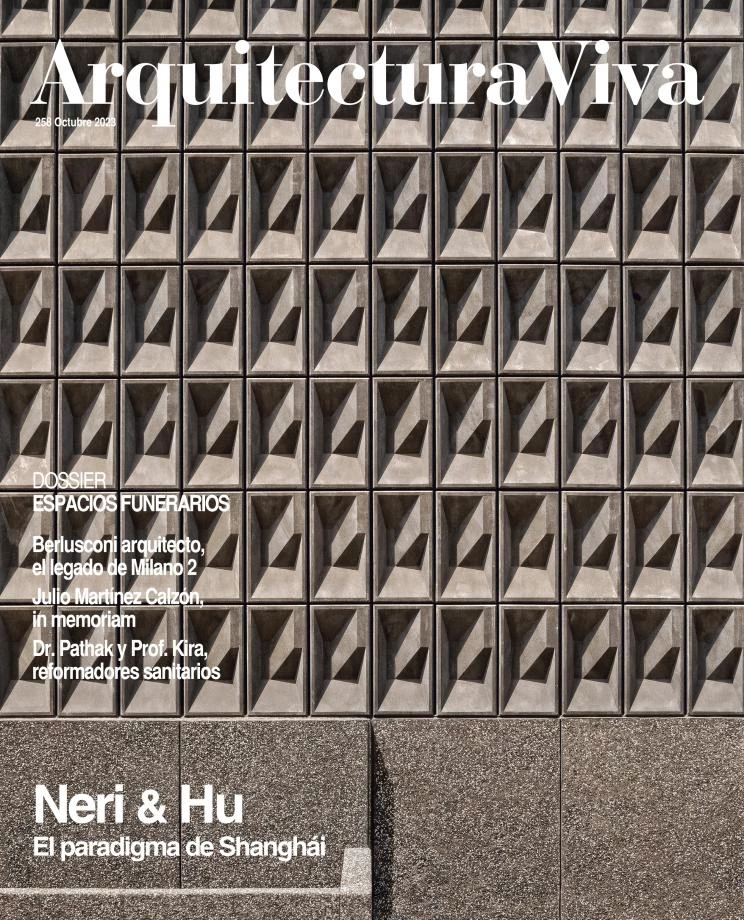
The bathroom deserves a revision. We routinely recall inventors like Elisha Otis or Willis Carrier because the elevator or air conditioning transformed architecture, and ritually remember women who, like Margarete Schütte-Lihotzky, created the modern kitchen, but hardly know anything about the pioneer John Harrington or about Alexander Cummings or Joseph Bramah, who in the late 18th century, with the hydraulic lock, created the toilet that could be installed within the dwelling. The death on 15 August of Bindeshwar Pathak, reformer of sanitation in India, serves to draw attention to the huge hygiene problem that comes with the inexistence of water closets in a significant part of the global south, and to the futile efforts of Alexander Kira to overhaul the ergonomics of washrooms in the developed world.
Dr. Pathak (1943-2023), a Brahmin struck by the plight of the untouchables whose job it was to clean out the country’s innumerable ‘dry’ latrines, founded the organization Sulab Shauchalaya (two-pit pour-flush toilet) in 1970 to spread the system that he had designed the year before, and which needed only a liter of water to flush. Half a century later, The Economist estimates that in India, 110 million toilets have been installed with Pathak’s design, dramatically improving not only collective hygiene but also the social standing of the untouchable women in charge of emptying dry latrines. The dignification of the lowest rung of the Indian social fabric was indeed a dream of Gandhi, now shared by Prime Minister Narendra Modi, who has supported Pathak in the conviction that toilets could be more important than temples. But in a country that has just landed on the south pole of the Moon, a fifth part of the population still answers nature’s call out in the open air, despite a prohibition imposed in 1993, and 10 million manually unloaded cesspits remain, so sanitary reform has still got a long way to go.
Professor Kira (1928-2005), for his part, devoted his career to the ergonomic improvement of the washroom, as much through teaching at Cornell University as through his book The Bathroom, which was published in 1966 and became a classic. Trained as an architect, his designs to increase the efficiency of sanitary fixtures – bathtub, shower, sink, toilet, bidet – were much acclaimed but not disseminated. Understanding the bathroom as more than a matter of plumbing and conventional sanitary porcelain, he wanted to adapt it better to the anatomy and physiology of the human body, besides making it safer to use, but many of his schemes fell victim to the stubborn inertia of habits: his insistence on lowering the toilet bowl – without however reaching the extreme of the squat toilet – to fit the user’s biologically optimal position never caught on, and his defense of the bidet for perineal health did not either, given that this apparatus, barely ever widespread in Anglo-Saxon countries, is actually in retreat in the Mediterranean Europe that it came from.
These reformers figure in a history that has been documented on different occasions, from the highly enjoyable early book by Lawrence Wright (Clean and Decent, 1960) or the appearance of the more ideological nouvelle histoire with Dominique Laporte (Histoire de la merde, 1978), Georges Vigarello (Le propre et le sale. L’hygiène du corps depuis le Moyen Âge, 1985), and Roger-Henri Guerrand (Les lieux. Histoire des commodités, 1985) to the American pragmatism of MIT with Ellen Lupton and J. Abbott Miller (The Bathroom, the Kitchen, and the Aesthetics of Waste, 1992) or the CCA with Annmarie Adams and Rosemary Haddad (Corpus Sanum in Domo Sano: The Architecture of the Domestic Sanitation Movement, 1992). The theme has had its coffee table book with Françoise de Bonneville (Le livre du bain, 1997) and companies like Bellavista or Roca have sponsored historical retrospectives like the one by Justo García Navarro and Eduardo de la Peña Pareja (El cuarto de baño en la vivienda urbana, 1998), but this abbreviated list cannot leave out literary works, from the classic In Praise of Shadows, by Junichiro Tanizaki, a 1933 compendium of Japanese aesthetics, to the more recent works by Peter Handke (Versuch über den Stillen Ort, 2012), an inward-looking essay on ‘the silent place’ that goes through the toilets of his life evoking Tanizaki, the Spanish translation of which we reviewed in Arquitectura Viva 187, or Manuel Hidalgo (El lugar de uno mismo, 2017), a collection of sketches on the bathroom where sociology, history, and memory all come together.
And in tune with the reformist spirit of Pathak or Kira, the combative work of Lezlie Lowe (No Place to Go: How Public Toilets Fail Our Private Needs, 2018) is a vibrant denunciation of the lack of access to public toilets for women and children as well as the homeless and disabled. But when even a professional golfer like Jon Rahm demands “a porta potty on every hole,” we know that our biological needs are poorly addressed even in the most exclusive spheres, that the bathroom calls for more political and cultural attention than it habitually gets, and that reformers like those mentioned here deserve the recognition of architects and society.
All this, of course, without ignoring the great infrastructures that have made urban sanitation possible. Norman Foster has on several occasions expressed his admiration for Joseph Bazalgette, the great Victorian engineer who in the 19th century built London’s sewer system, thereby preventing repeated epidemiological outbreaks, in continuity, by the way, with the tradition of the neoclassical treatise writer Francesco Milizia, who in the 18th century found the summit of architectural beauty in the hygienic functionality of Rome’s Cloaca Maxima: a precise and necessary work that did not escape Piranesi’s burin, in the same way that in the 20th century Orson Welles was able to film The Third Man in the exact, echoing, cavernous interior of Vienna’s sewers. So let us pay attention to toilets, but pay no less heed to sewers.[+]






